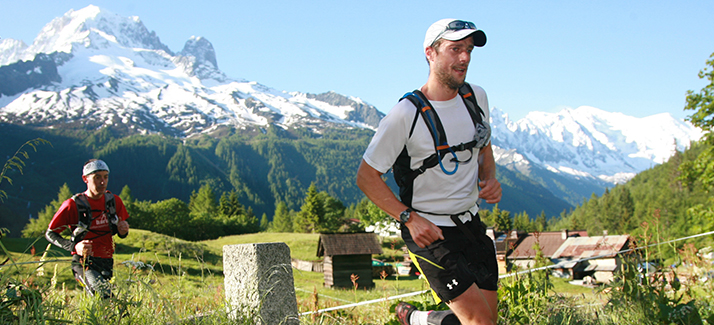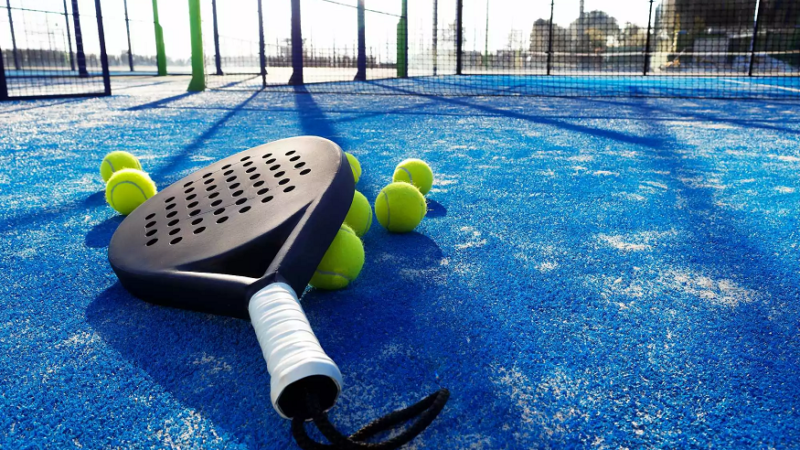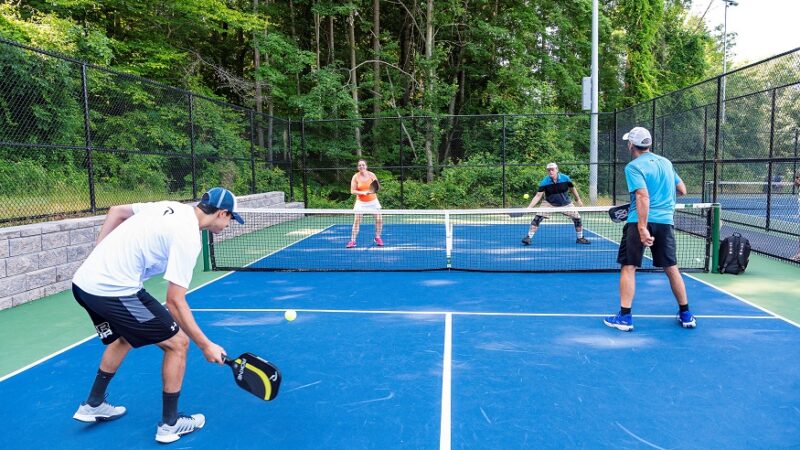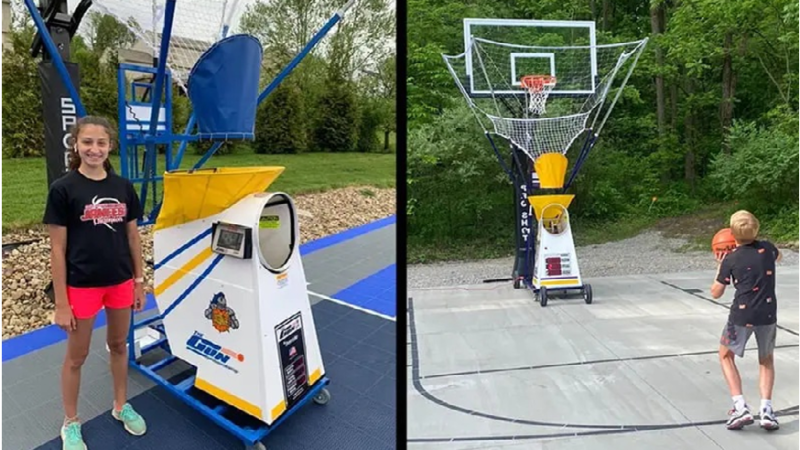Steven Rindner on Five Steps To Get Started and How to Maximize One’s First Trail Running Experience

Trail running is just not about running on mountain terrines instead of paved urban paths, but involves much more than that. In essence, trail running offers an escape from the increasingly polluted city life and involvement in a fitness activity on the lap of nature. As Steven Rindner says, more than merely stepping into the serene rocky trails full of fresh air, running on trails offers a different vibe while unleashing the scope to meet community from different locations and cultures and face exotic wildlife making the trail unique unto itself. However, due to the vast differences between road and trail running, for potential runners, it’s vital to realize some basic points to optimize their best experiences of trail running.
No two trails are identical
Running on the mountain trails is absolutely a distinct experience given every topography is different in terms of its nature. While some terrines are flat or even paved, most of them are muddy and rocky paths. While some are descending it also features ascending topographies that challenge runners to stride on them at every moment. Most of them naturally feature unique obstacles that runners come across such as rocks, gravel, streams, plant roots, and so on. Also, the changing weather condition makes a runner find the same trail more challenging to cross over. Therefore, runners should be mentally and physically well-prepared to face those scenarios and accordingly should train to overcome those challenges to run on them successfully without being injured. injury.
Find a trail
Especially for beginners, before getting started, finding a trail nearly is important. While there are lots of trails spread around the suburbs and cities or coastlines, finding a simple trail should be the priority. Those who are not sure can research on the internet and ask friends, or relatives who have had experience of trail running. As Steven Rindner says, there is enough time for beginners to experience running on complex to more challenging or technical terrines but becoming familiar with basic trail running techniques is vital to becoming an expert.
Safety first
Because of the several unique variables that runners can experience while running on a trail such as consistently changing topographies, weather conditions, winding, rolling trails, etc, it is the best idea to take certain protective steps to ensure personal safety. Knowing the full details of the trail route planned for running, carrying GPS alongside a map, informing some buddy or family person about the whereabouts of the outdoor activity, and getting equipped with personal ID, a compact first-aid kit are all matters – to get assistance if the runner comes across any undesired incident like an injury or sudden fall or getting lost in the route.
Get geared up
Although, first-time runners often consider using the same shoes that they use for road running buying suitable trail running shoes is a sensible investment. Trail-running shoes are designed specifically for running off-road surfaces and come with trail-specific features like protective toe bumpers, rock plates, sticky-rubber outsole lugs for better traction, and more to optimize a runner’s trail running experience and avoid injuries. Moreover, one needs to get prepared with other accessories like necessary hydration packs, waterproof jackets, trekking poles, arm sleeves, and GPS, apart from a variety of snacks like candies, black chocolate, and so on.
Start slow and never hurry
No matter, how seasoned a runner is on the tarmac, the pace of running on trails is sure to vary chiefly depending on the type of terrain in front. Since the vast majority of trails are not flat or simple, the momentum of running happens to be relative to the degree of effort it requires to run steep uphill, or sloppy downhill with obstacles all around the trails. Therefore focus on running by time, not on a per-mile pace, and wait for the day to run like a pro on trails.
To conclude, how far a beginner would run on terrines depends on different factors such as one’s fitness, weather conditions, experience, techniques, and gears used. It makes sense to account for all those factors and avoid trying to match them with pace on roads. Most appealing trail running offers a more effective workout than road running even by running for a minimal time.






